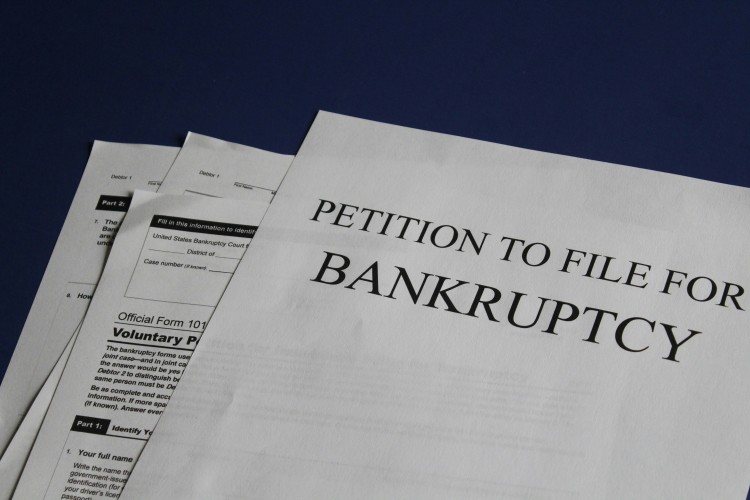
The increasing likelihood of extreme weather events disrupting businesses has prompted the Union government to consider revisions to the Insolvency and Bankruptcy Code to incorporate environmental claims and liabilities. India is looking to equip the law to better handle companies that default, and to support climate action goals. Although IBC in the current form recognises various categories of claims and creditors, including those related to environmental liabilities, it does not offer any special treatment for these liabilities.
Globally, governments are acknowledging that climate-related disruptions are an immediate concern, not just a future possibility. A 12-member working group comprising members from the World Bank, INSOL International, and the International Insolvency Institute is spearheading discussions to integrate climate action into insolvency processes, driven by an increase in environmental claims.
READ | Soaring Chinese imports threaten India’s industrial growth
Climate change and business failure
A 2021 paper by the Insolvency and Bankruptcy Board of India, titled ‘How Climate Change is Increasing Business Solvency Risk,’ highlights the threat climate change poses to business survival. Sectors particularly at risk include energy, transport, agriculture, and forestry, as well as businesses reliant on natural resources which may suffer from scarcity or degradation impacting production.
Despite the efforts to integrate environmental concerns within insolvency laws, there remains a lack of global consensus on how to prioritise these issues legally and financially. This discrepancy necessitates international collaboration to establish uniform standards and practices that accommodate both environmental and financial stability. These discussions are crucial as they can set precedents that might influence future regulatory frameworks worldwide, fostering a more resilient global economy against the backdrop of increasing environmental crises.
For example, in 2019, California’s largest utility, Pacific Gas and Electric (PG&E), declared bankruptcy after facing financial challenges from wildfires in Northern California, resulting in billions of dollars in potential liabilities. This bankruptcy, considered the first climate change-induced bankruptcy in the US, illustrates a significant underestimation by companies of the financial resources needed to manage physical climate risks, as noted in a study published in Nature Climate Change.
The COP28 goals have factored in the financial hardships companies may face due to transition risks associated with moving towards a low-carbon economy, which could lead to further bankruptcies. Additionally, direct disruptions from extreme weather events like tsunamis and wildfires may lead to insolvency, emphasising the need for a comprehensive legal approach under the IBC.
Sumant Batra, president of the Insolvency Law Academy and member of the World Bank working group, notes that key revisions should include the classification of environmental claims and determining their priority relative to other debts.
Revamping IBC to address climate crisis
The effectiveness of the revised insolvency laws will largely depend on the enforcement mechanisms and the judicial system’s capacity to handle these new types of claims. Training for judges and legal practitioners on environmental law and its intersection with insolvency is essential to ensure that the laws are not only comprehensive on paper but also robust in practice. This capacity-building is crucial for the judicious application of the law, ensuring that environmental considerations are treated with the seriousness they warrant.
In India, integrating environmental goals with the IBC requires further discussion on adjudicating environmental claims, assessing associated costs, and deciding whether companies contributing to environmental damage should be rescued or liquidated through the insolvency process. For instance, in the case of a bankrupt coal company, the IBC must decide whether to allow restructuring with existing practices or to mandate technological changes.
As the government seeks to future-proof the law, industry insiders suggest that prioritising environmental claims during bankruptcy proceedings could diminish a company’s overall value. Therefore, environmental obligations should be explicitly incorporated within the legal framework. There is a need for an environmental body to be included at the plan approval stage to ensure that the committee of creditors, while business-savvy, can adequately address climate-related issues.
The market watchdog SEBI introduced Responsibility Business and Sustainability Reporting for the top 1000 listed companies in July 2023. While this sets a precedent, replicating this approach across various industries remains a significant challenge. Striking a balance between promoting environmentally friendly practices and ensuring economic growth requires a nuanced approach that respects the unique dynamics of each sector.
The debate over how to integrate these environmental considerations into the IBC also opens up discussions about the broader implications for corporate responsibility and environmental governance. By revising insolvency laws to incorporate environmental liabilities, there is an opportunity to drive systemic change in corporate behaviour, promoting sustainability and accountability. This shift could encourage businesses to proactively manage their environmental impact and incorporate sustainability into their core operational strategies.
